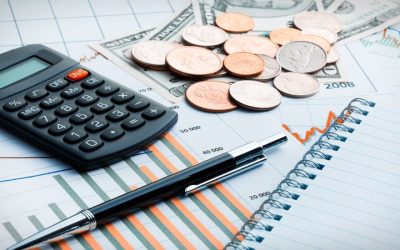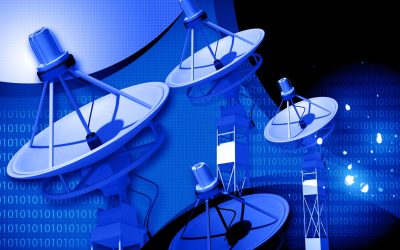Carbonated soft drinks are a very popular beverage in the United States. In fact, across North America, they remain one of the most commonly chosen forms of drinks. They represent the highest portion of the overall market segment of beverages. Today’s carbonated soft drinks systems make the production of this product easier, faster and cleaner. Compared to those of yesteryear, modern technology has pushed the entire procedure into the 21st century.
Carbon Dioxide: An Essential Ingredient
If you do not add carbon dioxide to a beverage, it does not have the sparkle, the effervescence that makes it bubble and fizz. In other words, it is not carbonated. At the same time, that tangy sensation introduced by carbonated soft drinks systems also prevents spoilage. Moreover, drinking carbonated benefits can have some health benefits – they are the favored post-operative drink if nausea is a side-effect.
This humble gas and its sparkling effects have been known since the early 1700s. At that point in time, it was referred to by various names including:
* Artificial Air
* Mephitic Air
* Fixed Air
* Gas acide carbonique
* Gaz Oxide de Carbon
In the beginning, drinks were carbonated manually. The syrup, in concentrated form, was placed into a bottle. After that, someone would add the carbonated water on top. This was a slow and time – consuming process.
In 1937, the process underwent a change. The Mojonnier Brothers are operating out of Chicago introduced advanced carbonated drinks systems. They brought into their plant a continuous loop in which the various components pf is blending, cooling and carbonating were part of a continuous system. Over time, these new carbonated drinks systems replaced the older syrup dousing system.
Technology and Soft Drinks: Carbonated Soft Drinks Systems
Today, you find systems that mix the carbon into the water at an early stage. You also have those that add the carbonation to the final stage. In a conventional process, the carbonation process will require the use of a large “bite” tank. This is a system that is known for its lengthy carbonation saturation times. It also involves equipment that has long since passed its expiry date. The inability to be exact in terms of the processing results as a result of poorly or inaccurate control systems results in a product that may vary. This will affect the overall consistency and even quality of the final product.
Modern technology has begun to address these issues. It has replaced any questions of doubt with accurate measurements and readings. Control in a carbonated soft drink systems is paramount, and the inline, and on-demand technology provides exactly that. With the newer technology – some custom-designed carbonated soft drink systems, in place, manufacturers can provide better quality product more efficiently and cost effectively.
At TechniBlend, we are there to help you find the perfect processing solutions your industry. Whether you are in food and beverage manufacturing business or are in the consumer and personal care production or chemical blending, we can help you. If you are looking for the right Carbonated Soft Drink Systems or custom made designs, controls and other quality equipment for this industry contact us at http://web.com/.



